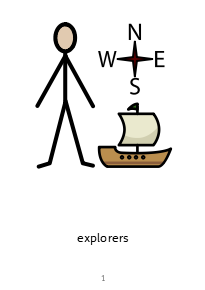

“Have you heard the song ‘Ain’t Misbehavin’ ’?” Louis Armstrong’s Hot Five recorded ‘Ain’t Misbehavin’ ’ for Parlophone in 1929. Louis Armstrong’s Hot Five recorded “Ain’t Misbehavin’ ” for Parlophone in 1929. Here are the examples from the previous section, but with nonbreaking spaces added between the final apostrophe and the right (or closing) quotation mark that follows: You need to use a nonbreaking space because if you simply hit the space bar, you risk stranding a closing quotation mark at the beginning of a new line (or an opening quotation mark at the end of a line)-a case of misbehaving punctuation you would be wise to prevent, even if it takes a little extra effort.‡ To get the equivalent of a thin space online-and to ensure that the space doesn’t break at the end of a line-you can use a “narrow no-break space” (Unicode 202F).† In print, where space is at a premium, a thin space (Unicode 2009) or a hair space (Unicode 200A) may be preferred instead. Or choose the Symbols tab and enter the Unicode number (00A0). In Microsoft Word, a nonbreaking space can be inserted via Insert > Symbol > Special Characters. In those last two examples, it looks a lot like there’s a double quotation mark after the title. Louis Armstrong’s Hot Five recorded ‘Ain’t Misbehavin’’ for Parlophone in 1929. Or maybe you’re working for a publisher in the UK or elsewhere who uses single quotation marks:


“Have you heard the song ‘Ain’t Misbehavin’’?” What about when the title is in single quotation marks, as in quoted dialogue? Can you sort out the apostrophe from the quotation marks in this example? Louis Armstrong’s Hot Five recorded “Ain’t Misbehavin’” for Parlophone in 1929. In the following sentence, the apostrophe in “Ain’t” is clear, but can you identify the one at the end of the song title? As this blog covered in a recent post, the apostrophe is the same character as the right single quotation mark. This situation is similar to the more common one that occurs when a single quotation mark bumps up next to a double quotation mark. The problem with the apostrophe at the end of the song title is that according to Chicago style-and most other styles-song titles are placed in quotation marks when they are mentioned in text.Īnd when an apostrophe appears next to a quotation mark, it can be hard to tell what’s going on. I worry about the apostrophe, and I would guess that I’m not the only editor or proofreader who would. Lyricist Andy Razaf may have cared, but he didn’t have to blog about it or promote the song on social media. In 1929, when the song “Ain’t Misbehavin’ ” became a big hit, composers Thomas “Fats” Waller and Harry Brooks probably weren’t too worried about that final apostrophe.


 0 kommentar(er)
0 kommentar(er)
